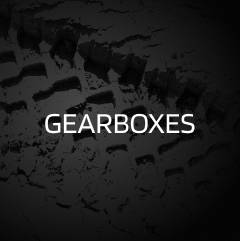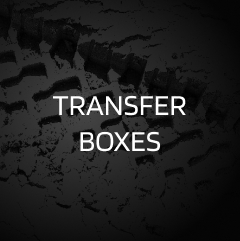 CCA Spares
CCA Spares
Clutch and Torque Converter
Continuing our journey through the intricate components of a Land Rover gearbox, we now shift our focus to two essential elements: the Clutch and Torque Converter.
Clutch:
Overview: The clutch is a crucial component in manual transmissions, serving as the link between the engine and the gearbox. Its primary function is to engage and disengage the transmission from the engine, allowing for smooth gear changes and control over the power transfer.
Types of Clutches:
- Friction Clutch: This common type of clutch uses friction plates and a pressure plate to engage and disengage the transmission.
- Hydraulic Clutch: Hydraulic clutches utilize hydraulic pressure to operate the clutch, offering a smoother and more responsive feel.
- Centrifugal Clutch: Found in some off-road or utility vehicles, centrifugal clutches engage automatically based on engine speed.
Functions:
- Engagement and Disengagement: The clutch allows the transmission to connect or disconnect from the engine, enabling gear changes without stopping the engine.
- Smooth Power Transmission: By controlling the engagement of the gearbox, the clutch ensures a smooth transfer of power from the engine to the transmission.
- Neutral Position: Disengaging the clutch puts the transmission in a neutral state, allowing the engine to run without transmitting power to the wheels.
Torque Converter:
Overview: In automatic transmissions, the torque converter plays a role similar to that of the clutch in manual transmissions. It allows for the transfer of power from the engine to the gearbox while providing a degree of automatic adjustment to variations in engine speed.
Components:
- Impeller: The impeller is connected to the engine and generates fluid movement within the torque converter.
- Turbine: The turbine is connected to the input shaft of the transmission and is driven by the fluid movement created by the impeller.
- Stator: Positioned between the impeller and turbine, the stator redirects the fluid flow to enhance torque multiplication.
Functions:
- Fluid Coupling: The torque converter uses hydraulic fluid to transmit power, allowing for a smooth and variable transfer of torque.
- Torque Multiplication: During acceleration, the torque converter multiplies torque to provide additional power to the transmission.
- Smooth Transitions: The torque converter facilitates smooth transitions between gears by allowing the transmission to remain engaged even when the vehicle is stationary.
- Automatic Adjustment: Unlike a manual clutch, the torque converter automatically adjusts to variations in engine speed, providing ease of use in automatic transmissions.
In conclusion, the Clutch and Torque Converter are integral components in the Land Rover gearbox, each playing a unique role in enabling smooth gear changes and effective power transmission. Stay tuned for the next installment as we continue our exploration by delving into the Valve Body and Transmission Fluid.
